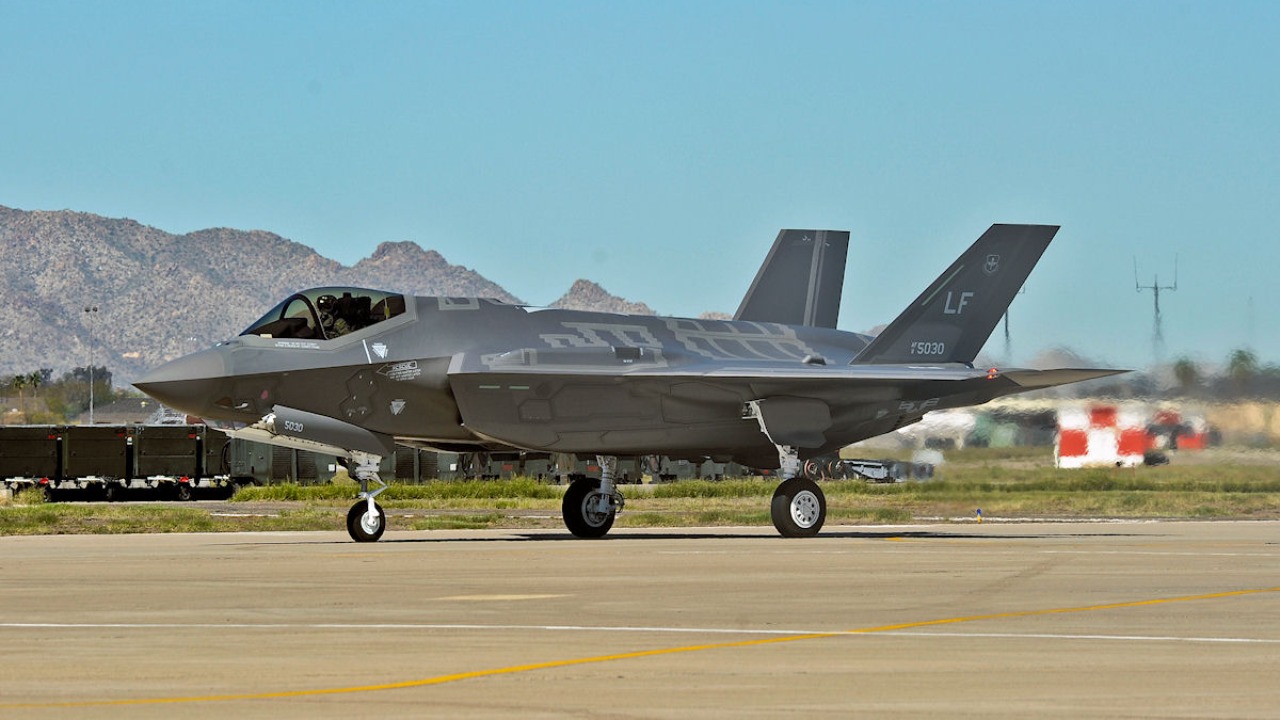
The recent deliberations about the U.S. transferring the advanced F-35 fighter jet to Ukraine, as reported on February 11, 2025, have raised significant concerns. While the move would undoubtedly bolster Ukraine’s defense capabilities, it also poses a risk of the jet falling into enemy hands amid the ongoing conflict. This situation highlights the inherent vulnerabilities in modern weapons proliferation and the high stakes involved in such alliances.
The Origins of the F-35 Program
The F-35 Lightning II, a fifth-generation stealth multirole fighter, was designed by Lockheed Martin for the U.S. and its international partners. Its advanced sensors, stealth capabilities, and network-centric warfare integration make it a cornerstone of modern air power. The initial production and deployment milestones of the F-35 have played a crucial role in enhancing allied air superiority.
U.S.-Ukraine Military Partnership
Since the 2014 annexation of Crimea, the U.S. has been providing aid to Ukraine, which escalated to lethal weapons after the 2022 invasion. The evolution of aircraft support has progressed from initial non-lethal aid to commitments for F-16s and discussions of more advanced platforms. Ukraine’s strategic importance as a NATO-aspirant ally countering Russian aggression in Eastern Europe underscores the significance of this partnership.
The Proposal for F-35 Transfer to Ukraine
As of February 11, 2025, the F-35 is being considered as Ukraine’s next fighter jet. This move requires careful U.S. policy considerations, including congressional approvals and NATO interoperability goals for integrating the jet into Ukrainian forces. The timeline of negotiations and potential delivery phases emphasize the jet’s role in replacing Soviet-era aircraft in Ukraine’s arsenal. Source
Scenarios of Jet Capture in Conflict Zones
There are several battlefield dynamics where advanced jets could be downed and recovered. Historical precedents of intact captures highlight this risk. Factors such as pilot ejections, crash sites in contested areas, and rapid enemy salvage operations increase this vulnerability. The Ukraine-Russia theater presents specific risks, including drone threats and ground incursions near airbases.
Implications of Technology Falling into Adversary Hands
If an F-35 were to fall into enemy hands, the potential intelligence gains for adversaries could be substantial. They could reverse-engineer stealth materials and avionics from a recovered F-35, which would have broader effects on U.S. export controls and classified tech dissemination to allies. Such an event could also lead to diplomatic fallout, including strained relations and calls for enhanced recovery protocols in future transfers.
Mitigation Strategies and Future Safeguards
To mitigate these risks, the U.S. could implement self-destruct mechanisms and data encryption in exported F-35 variants to prevent full tech compromise. Training programs for Ukrainian pilots could focus on evasion tactics and rapid aircraft denial in hostile scenarios. International agreements could also be put in place to monitor and restrict secondary transfers of sensitive U.S. military hardware.
In conclusion, the potential transfer of the F-35 to Ukraine is a complex issue with far-reaching implications. While it could significantly enhance Ukraine’s defense capabilities, it also presents risks that need to be carefully managed. The situation underscores the challenges of modern weapons proliferation and the high stakes involved in international military alliances.
More from MorningOverview